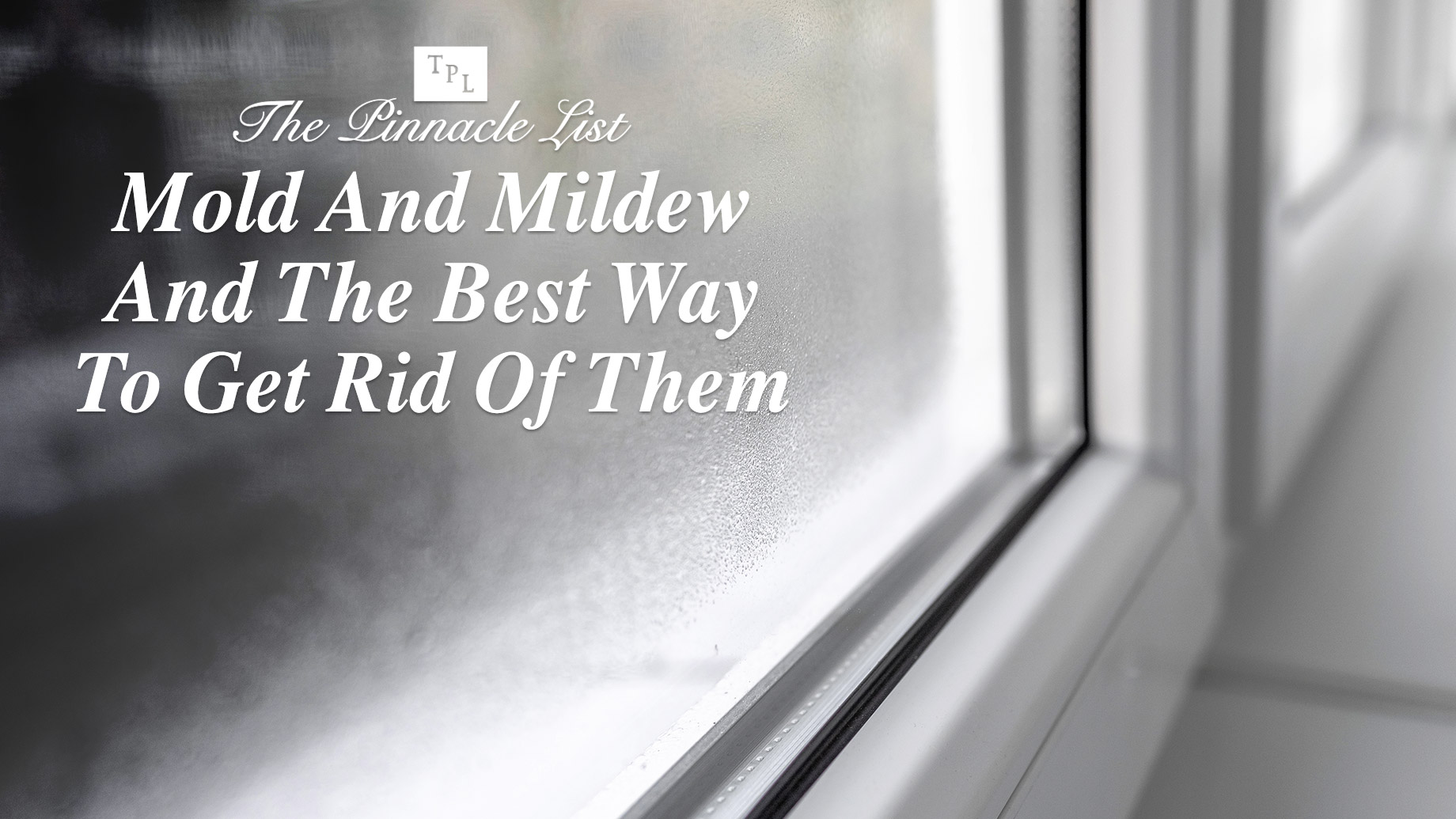
Molds can spread quickly if they are not removed immediately. These can cause damage to household items and allergic reactions in some people. To prevent mold growth, it is crucial that you keep bathrooms, kitchens, and other areas of your home clean, cool, and dry.
Mold vs. Mildew
There is much confusion about what mold and mildew actually are due to the similarities between the two. Mildew, however, is a type of mold, although both thrive in humid environments. They are also common in homes that have experienced water damage.
While mold and mildew have many similarities, there are key differences that exist between the two, including:
1. Growth
Mildew is considered a surface fungus. It is easy to spot in damp areas like windowsills and shower stalls, although it causes minimal damage. Mold, on the other hand, is more widespread and can grow beneath the surface of the soil, making it harder to remove.
2. Health Risks
Mildew can lead to mild ailments, particularly sore throat, while mold can cause irritations to the eyes and skin, respiratory illness, congestion, and headache. Black mold or Stachybotrys Chartarum is hazardous since its effects are often more severe.
3. Removal
According to an expert from deepwaterco.com, mildew can easily be removed using household cleaners and a brush. Mold removal, meanwhile, involves a more complex process. Usually, the mold has to be identified first according to its type. This will determine the best method to use in removing the fungus. Also, professional mold removal experts and the use of protective gear like a mask and goggles can be required when handling certain molds like Stachybotrys Chartarum.
How to Remove Home Molds Naturally
Removing molds the natural way will depend on the size of the problem, but the use of the following solutions using simple, readily available household items can be considered:
1. Vinegar
Vinegar, specifically distilled vinegar, is an effective, natural, and non-toxic way to remove household mold. White vinegar has a mildly acidic pH and has proven effective in treating over 80% of mold species.
Place the white vinegar in an airtight spray container and apply this directly onto the mold. Simply allow the vinegar to sit for at least one hour to penetrate through the fungus.
2. Baking Soda
Baking soda is a versatile ingredient used for both cooking and cleaning. As a mold remover, baking soda can be mixed with two cups of water, placed in a spray bottle, and shaken until the solution is completely dissolved. The solution can then be sprayed onto the affected area and scrubbed with a brush.
3. Hydrogen Peroxide
Hydrogen peroxide is an antiseptic, oxidizer, and bleaching agent. It is quite effective in removing and controlling many types of molds. When it comes in contact with fungi, hydrogen peroxide will usually produce bubbles or foams, indicating that it is working to reduce mold infestation.
When getting rid of mold through hydrogen peroxide, use a spray bottle and apply the chemical directly to the target area. Let this sit for about 15 minutes, then wipe it off with a damp cloth. The process can be repeated as often as necessary, although care should be taken when using hydrogen peroxide as it can cause skin blotches or redness. Accidental ingestion can result in nausea, sore throat, and abdominal pain.
When to Hire Professionals to Remove Home Molds
While molds can be handled easily, there are instances when it’s best to get the services of professionals. These include the below scenarios:
1. The affected area covers more than ten square feet
The size likely involves a large mold colony. Industrial-grade chemicals will be needed to remove them, and only experts can access these.
2. The mold keeps coming back
If you have tried just about everything, but the fungi keep growing back, it’s a sign that the mold has become too strong that simple cleaning will no longer work. It’s time for the professionals to take over and handle the problem.
3. The mold is slimy and has a greenish-black color
In this case, you are likely dealing with Stachybotrys Chartarum or black mold, the most toxic and dangerous mold type. It can only be eliminated with the help of a mold removal expert.
4. A member of the household suddenly became ill
Molds can cause serious health problems, so be on the lookout for any person in your household who suddenly becomes ill for no apparent reason. Contact a professional immediately to determine if there has been mold growth at home.
Key Takeaway
Molds come in various types, and this includes mildew, which is a type of mold. The two are often confused with one another since they share several similarities, but there are differences between them. Mildew, for example, is easier to remove than mold since it usually grows only on surface areas.
Regardless of the type, molds can be removed naturally by using common home solutions like vinegar and baking soda. However, it’s still best to get the help of professionals when removing molds, especially if you’re dealing with tough and harmful mold species.